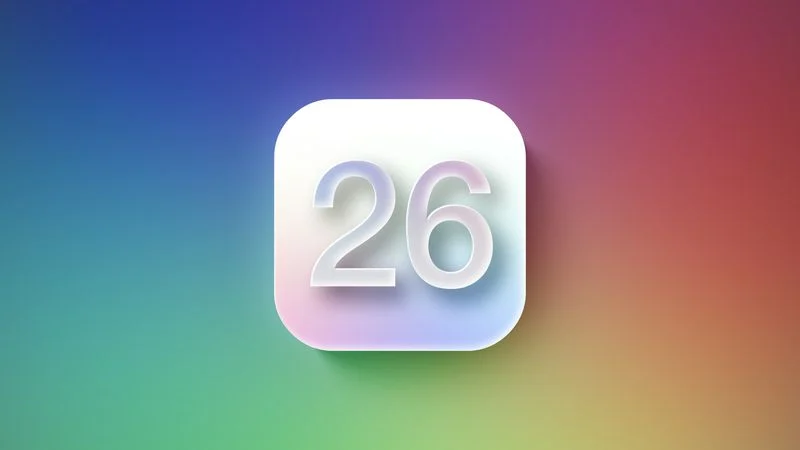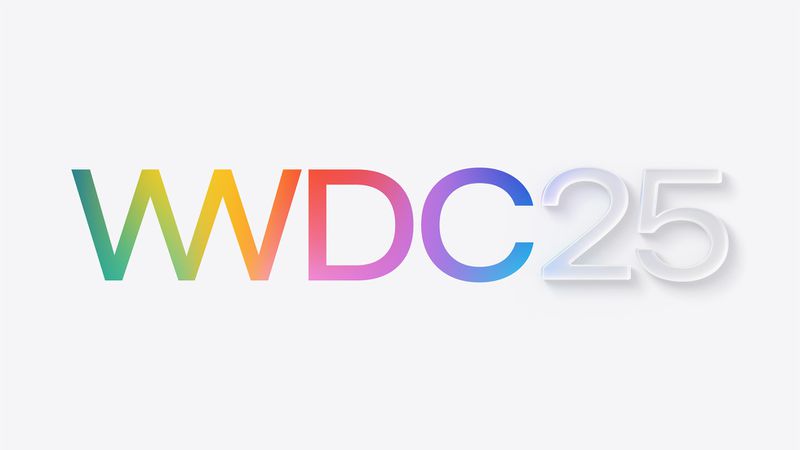Talk about the future iPhones is becoming more popular online. I expect the iPhone 17, coming out next year, to have a bigger screen than the iPhone 16 we have now. According to some, the regular iPhone 17 could measure 6.27 inches, instead of the standard 6.1 inches. The change would mean the standard iPhone would adopt the design features of the bigger “Plus” models.
It is also possible that Apple gives its iPhones a new name. Why not call it “iPhone Ultra” instead of “Pro Max”? Choosing a new name will allow people to identify the biggest and most powerful iPhone.
The adjustments can enhance choosing the best iPhone for customers. Having a screen that’s easier to view is great for entertainment and giving it a new name can quickly clarify which model is which. Both easier and better products are on Apple’s agenda, so some of these ideas could become a reality soon. Watch for information and announcements from Apple as we get closer to the launch date!



